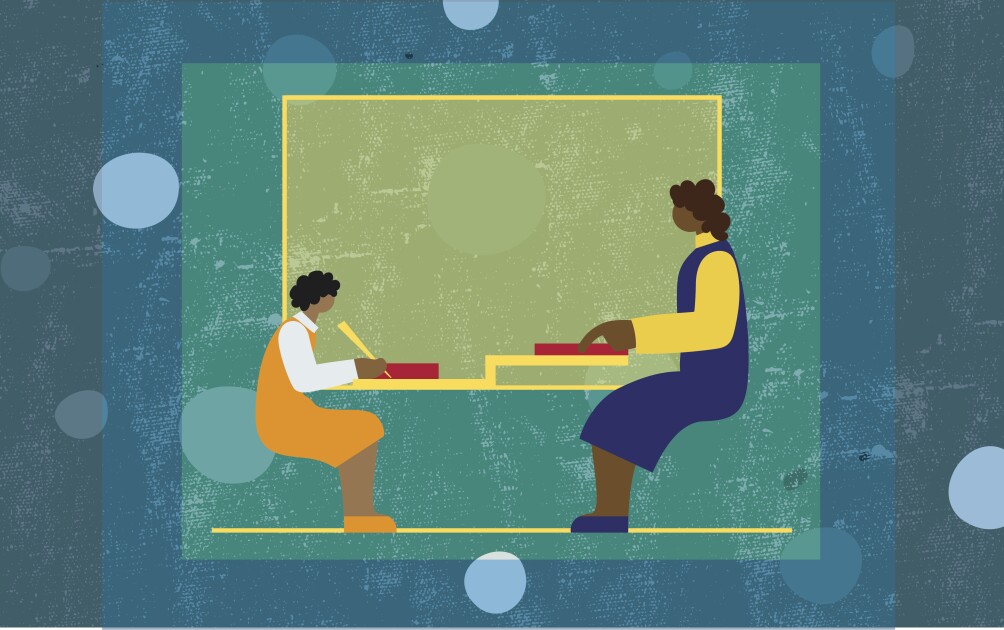Here are summaries of recent annual addresses by governors around the country.
Alaska
Gov. Bill Walker (I) • Jan. 18
In his third annual State of the State address, Walker started his remarks on education by saying that Alaska has long ranked in the bottom of U.S. states in terms of student academic achievement and graduation rates. The governor said he wants an Alaska where youths turn to education over alcohol and drugs, and that the state must do a better job of preparing students for the future.
“To meet this challenge, we need to rethink our entire system of public education,” he said. “Alaskans must be at the heart of this effort.”
Walker said the state board of education is working throughout this year to get public input on recommendations to revamp the state’s education system, which he plans to take to the legislature next year. Among the board’s priorities, he said, are “improving student learning” and “ensuring excellent educators.”
—Arianna Prothero
Hawaii
Gov. David Y. Ige (D) • Jan. 23
Improving Hawaii’s schools will require flipping the state’s current top-down education bureaucracy to a “school-centered” system, the governor told lawmakers in his address, calling for more school autonomy.
“Schools need to be able to design their own programs, implement their plans, and be accountable for the results,” Ige said in his prepared remarks. “And they need to be encouraged to take risks and be creative.”
In his proposed budget, Ige is calling for more funding to go directly to schools. He also said he will propose a new grant program to support innovation in individual schools.
—Arianna Prothero
Missouri
Gov. Eric Greitens (R) • Jan. 17
Plans to offer education savings accounts for special-needs children, and to protect funding in the K-12 classroom, were key points in the governor’s speech.
The state has “an education system that ranks near last in every measure that matters,” despite having “incredible young people” and the fact that Missourians’ pay about the national average for its education system, Greitens said. Missouri also ranks 47th in starting teacher pay, he said, and “our great teachers deserve to be paid more.”
Greitens also said more than half the state’s 520 districts do not offer an Advanced Placement class, and more than 100 do not have a student enrolled in chemistry. “We need to expand course-access programs, so that every child in Missouri can use technology to get the education they need,” he said.
Although budget numbers were not specifically mentioned in the address, Greitens recommended about $90 million in cuts from education—mostly for public colleges—in a statement released before the speech. More than $10.8 million in cuts are in K-12, although he said in a videoaccompanying the statement that “not a penny” would come out of K-12 classrooms. The two largest would be $8.6 million in budget restrictions for busing elementary and secondary students and another $2 million taken from performance-based assessments.
—Michele Molnar
Nevada
Brian Sandoval (R) • Jan. 17
The state’s controversial Education Savings Accounts program got a boost from Sandoval in his last State of the State address: a commitment of $60 million.
The law establishing ESAs in 2015 was challenged in court. Although the state supreme court ruled last year that the program was constitutional, it said the way the state planned to pay for it—by taking money from the same source as traditional school districts—was unconstitutional.
Sandoval did not specifically say where the $60 million for ESAs would come from, but he proposed a new education revenue source in his address—a 10 percent retail excise tax on recreational-marijuana sales, which would be used exclusively for education. (That 10 percent would be on top of an already existing tax on wholesale marijuana sales.)
Among his K-12 proposals in the biennial 2017-19 budget: $42 million to expand Zoom Schools, which provide additional support for students with limited English-language proficiency; $30 million to Victory Schools serving students in poverty; an extra $30 million in per-pupil funding for special education students; and $5 million toward gifted and talented programs. Sandoval also proposed $2 million to establish a new program, Nevada Connect Kids Initiative, to expand high-speed-broadband internet access in schools, particularly in rural areas.
His higher education initiatives included $20 million in Millennium scholarships, which provide up to $10,000 to college-bound students.
—Denisa R. Superville
Rhode Island
Gov. Gina Raimondo (D) • Jan. 17
In her third State of the State address, Raimondo unveiled a proposal to provide two years of free tuition to Rhode Island students who attend one of the state’s three public colleges.
“The hardest part of college shouldn’t be paying for it,” she said. “Tonight ... we ensure that every young person in our state has an opportunity to compete for the good-paying jobs that we’re creating.”
The governor touted other initiatives to make college more accessible and affordable, such as offering the PSAT and SAT, free of charge, in every public high school, and the state’s dual-enrollment program. Last year, she said, nearly 4,000 high school students took college courses for free. Raimondo said her proposed budget will expand funding for the program.
Raimondo also garnered applause from the legislature by saying that by the end of the year, Rhode Island will be the first state to offer computer science classes in every public school.
—Madeline Will







